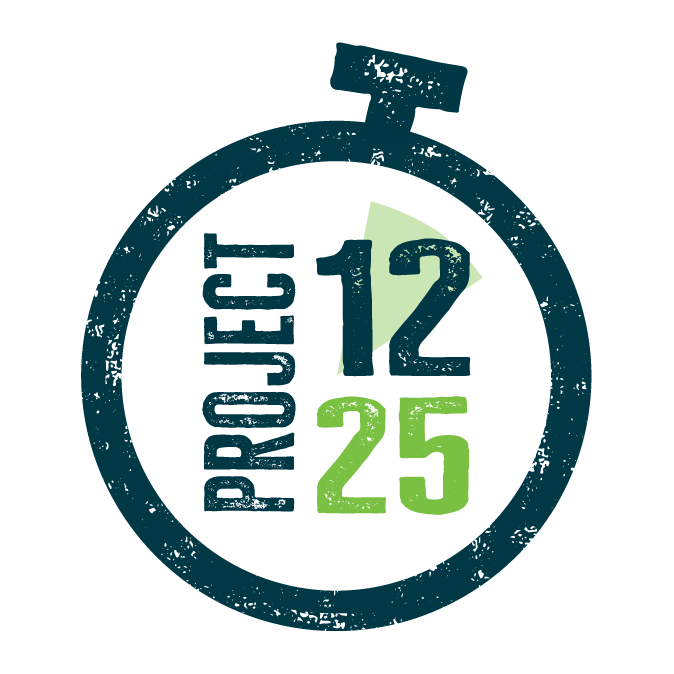The Invercargill community now has an opportunity to share its feedback on the future direction of housing and development.
Under the Resource Management Act 1991, the Invercargill District Plan managed land use, subdivision, and development within the city. It identified where certain activities could take place, what land could be developed, and what natural or cultural features needed to be protected. It aimed to promote the sustainable use of resources, and implement the community’s vision for their city into the future.
Invercargill City Council Group Manager Consenting and Environment Jonathan Shaw said early public consultation on changes needed to the District Plan was sought in 2024, and had played an integral role in shaping Council’s preferred approach for the upcoming plan change.
The second stage of public consultation on potential changes to the District Plan opened on Monday 12 May, he said.
“It’s equally important that the community has their say once more, and lets us know what they think of our preferred approach to the proposed changes to the District Plan. The decisions we make regarding the District Plan quite literally shape the future of our city, so it is really important our community’s voice continues to be heard throughout this process,” Shaw said.
Council’s preferred approach to changing the plan aimed to enable greater density and diversity of housing in Invercargill, promote well-designed housing to provide greater social and environmental outcomes, enable papakāinga (traditional communal living) on whenua Māori (ancestral Māori land), and separate the Code of Practice for Land Development and Subdivision Infrastructure out from the District Plan.
The Code of Practice was developed collaboratively with Southland District Council, and set out engineering and technical standards for land development and subdivision activities. Separating the two documents would mean the Code of Practice could be updated more quickly and easily, without requiring a change to the District Plan, he said.
“The District Plan guides how our city is developed. It sets out what kind of activities or development can happen throughout Invercargill, so that both developers and residents can do things while at the same time we can protect important values and amenities for the wider community.”
The proposed changes to housing density applied to most of residentially-zoned Invercargill. However, the proposed rules for papakāinga were likely to apply throughout the district, in residential and rural zones, he said.
Once this phase of consultation had closed, Council would use this feedback to inform the drafting of the plan change. The plan change would then be notified in October, and the community would have an opportunity to make formal submissions on the specific policies and rules proposed at that time, Shaw said.
The community could provide feedback on Council’s preferred approach at letstalk.icc.govt.nz, or on a hard copy form available at Te Hīnaki Civic Building, Invercargill City Libraries and Archives, or the Bluff Service Centre. They could also email the Planning team, at planning@icc.govt.nz
Feedback would be open until 5pm on Friday 6 June.

